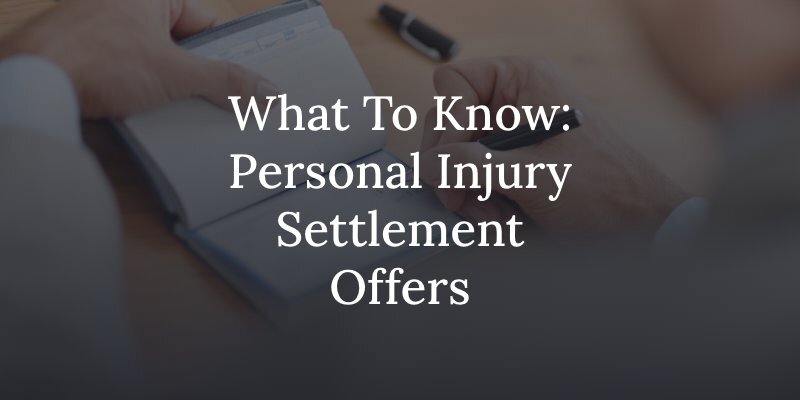When you’ve suffered a serious injury that’s caused economic losses as well as pain and suffering, you have a right to full and fair compensation for those damages. A personal injury case against the party responsible for the injury typically makes a direct claim against the appropriate insurance; for example, car insurance after a traffic accident or premises liability insurance after a slip-and-fall injury in a store or restaurant. The insurance company assigns an adjuster to the case to investigate all aspects of the accident or injury before offering a settlement. If you’ve suffered a preventable injury caused by someone else, it’s important to understand your rights and options for financial recovery before accepting a settlement offer from the insurance company. Consulting with a St. Louis personal injury attorney can provide invaluable guidance in this process.
Proving Liability Under Missouri’s Fault-Based Injury Laws
Before an insurance company offers a settlement to an injury victim, it requires clear evidence of the policyholder’s liability. An injury victim has the burden of proving liability through a preponderance of the evidence. Police reports, injury reports, photos, videos, and eyewitness testimony, as well as testimony from reliable experts, all provide evidence to demonstrate the following:
- The at-fault party owed a duty of reasonable care to the injury victim
- They violated this duty through negligence (either carelessness, recklessness, or wrongdoing)
- The violation of their duty directly caused the injury
- The injury victim suffered damages from the injury
An injury victim’s personal injury attorney investigates the injury, compiles evidence, and sends a demand package to the insurance company with evidence of liability and a list of damages before beginning negotiations for a settlement.
What Damages Does a Personal Injury Settlement Cover?
When a personal injury attorney negotiates for the largest possible settlement, they seek compensation for damages including medical expenses, future medical expenses, lowered earning ability (in disability cases), and compensation for pain and suffering. In catastrophic injury cases, additional damages could be available, such as compensation for loss of limb, scarring, the loss of one of the senses, disfigurement, or diminished quality of life. If a personal injury is fatal to the victim, the family could seek wrongful death benefits. A skilled personal injury lawyer carefully calculates an injury victim’s economic damages and then uses their medical expenses as the basis of a formula to assign a monetary value to their pain and suffering for the length of time they can be expected to experience pain before reaching the maximum medical improvement for their injury.
Common Insurance Company Tactics to Minimize a Personal Injury Settlement Offer
Insurance companies employ predictable tactics designed to protect their profits by undervaluing claims. A personal injury attorney safeguards their client against insurance company strategies such as the following:
- Reaching out quickly with a low settlement offer before the injury victim knows the full extent of the damages they are facing
- Calling on a recorded line and using the injury victim’s words out of context against them
- Failing to compensate the injury victim for all sources of income loss, such as bonuses, commissions, and loss of benefits
- Asking for a medical authorization to review the medical records of the injury and obtaining a blanket authorization that they can use to examine the victim’s entire medical history, seeking past injuries or medical conditions to blame for the injury victim’s condition
- Denying that a doctor’s recommended medical treatment is necessary for the injury
- Endlessly delaying by asking for redundant forms, canceling meetings, assigning new insurance adjusters, and failing to respond to emails
Insurance companies regularly delay, dispute, or deny claims, particularly when an injury victim lacks assertive legal representation protecting their best interests and advocating for the largest possible personal injury settlement offer.


